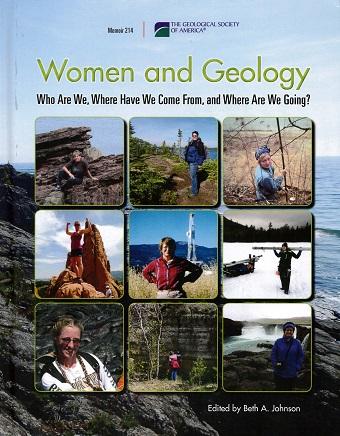
Earth Sciences include all of the sciences that deal with the planet Earth and its atmosphere. Some argue that this is a branch of Planetary Science, but the study of our planet has a much older history than its space-centered counterpart. Studies and sciences a part of Earth Science are:
Atmospheric sciences, Ecology, Environmental science, Geography, Geoloy, Geophysics, Glaciology, Hydrology, Limnology, Oceanography, Paleoclimatology, Physical geography, Soil science, Space science, and Volcanology.
Every year the media brings us news about coastal storms and damaging flooding somewhere in the world and these catastrophic events seem to be increasing. This type of natural disaster is not new. They have happened repeatedly in history, but historians normally are not interested in these subjects and scholars from natural sciences rarely deal with events that lie more than a few decades in the past. In this lecture. Dr. Gaspar will discuss the long-term perspective of humanity’s relationship with the sea and strategies to protect from its dangers. Using as examples case studies from Europe and the U.S., she will demonstrate how human choices over the last centuries have contributed to the enhancement of the natural hazards that we face today.
Earth Science Women's Network: Shaped in 2002, the ESWN is an organization dedicated to career development, peer mentoring and community building for women in the geosciences. With over 2,500 members in universities, colleges, government agencies, and research organizations world wide, they have a presence in over 50 countries.
Women in Planetary Science: Founded in 2008, Women in Planetary Science is an informal group of women working and researching in the planetary sciences. Their goal is to increase the number of women in the field through mentoring and networking.
Association for Women Geoscientists: The AWG is a non-profit foundation dedicated to raising funds and awareness for women and gender equality in the geosciences.
Born: July 14, 1862
Died: June 18, 1945
During her studies, she began her career as an educator, teaching at what is now Hampton University in between her Bachelor’s and Master’s degrees (1884-1885). Once she finished her Master’s, she went to teach mathematics at Rockford College for two years from 1887-1889, and then moved to Ohio State University between 1893-1895. In 1895, she was recruited to teach at Bryn Mawr while conducting original research. At the time, geology courses were considered merely an adjunct to other natural sciences, but under her guidance, she expanded the college’s single geology course into Department of Geology, it’s undergraduate and graduate degrees, and founded a sizeable mineral, rock, and fossil collection. She continued her role as educator until she retired in 1928, leaving behind a substantial legacy.
Born: May 27, 1907
Died: April 14, 1964
Born on a farm in 1907, Carson’s love of nature was evident from an early age. She continued her education at the Pennsylvania College for Women at Pittsburgh, which is now Chatham College, graduating in 1929 after changing her degree from English composition to biology, then received her MA in zoology from Johns Hopkins University in 1932.
After completing her degrees, she taught at the University of Maryland for five years. Then, in 1936, she was hired to work for the Bureau of Fisheries in Washington DC (now called the Fish & Wildlife Service), as both a writer and biologist. Her first assignment was writing radio scripts, including for her own show, “The Romance of the Seas.”
A year after joining the bureau, she submitted her first title for publication, “Undersea,” which was published by The Atlantic in 1937. After the success of her first publication, she went on to release three more books about marine life: “Under the Sea Wind” in 1941, “The Sea Around Us,” in 1951, and “The Edge of the Sea” in 1955. Writing in clear, graceful prose that lacked the usual heavy-technical dialogue, she was praised for writing about science for mainstream audiences. Her second book, “The Sea Around Us,” won awards such as the Gold Medal of the New York Zoological Society, the National Book Award, and many more. Its success allowed Rachel to retire from her job at the Bureau of Fisheries and turn to full time research.
Throughout the following years, Rachel researched, observed, and documented the use and effect of pesticides in the flora & fauna. Her meticulous research resulted in her most influential work, “Silent Spring,” in which she revealed the devastating long-term effects of widely used pesticides such as DDT. The clamor and fervor following her book’s publication in 1962 was anything but silent, as the $300 million pesticides industry found itself at the center of public outcry and government scrutiny. The Kennedy administration ordered further research, of which Rachel was both a part of and a testifying witness in front of Congress. The investigation resulted in DDT being banned, and a larger study on man’s effect on the ecology was completed by Rachel and the Environmental Protection Agency.
Two years after her most influential work’s publication, Rachel succumbed to cancer. However, the impact of her research sparked a new interest in environmental protection and preservation.
 Women and geology who are we, where have we come from, and where are we going?
by
Women and geology who are we, where have we come from, and where are we going?
by